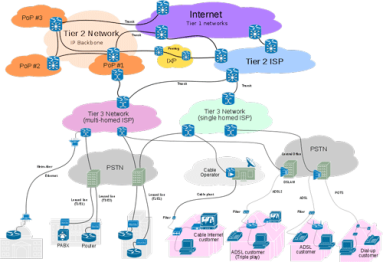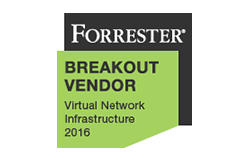Kentik Blog
























As IT technologies evolve toward greater reliance on the cloud, longstanding networking practitioners are adapting to a new environment. The changes are easier to implement in greenfield companies than in more established brownfield enterprises. In this third post of a three-part series, analyst Jim Metzler talks with Kentik’s Alex Henthorn-Iwane about how network management is impacted by the differences between the two situations.
The range, creativity, and skills of the Kentik engineering team were on full display at our recent on-site for local and remote engineers. Gathering to confer on coming product enhancements, the team also enjoyed San Francisco dining and tried recreational welding and blacksmithing. But the highlight was our first-ever hackathon, which yielded an array of smart ideas for extending the capabilities of the Kentik platform.
Cisco’s late-January acquisition of AppDynamics confirms what was already evident from Kentik’s experience in 2016, which is that effective visibility is now recognized industry-wide as a critical requirement for success. AppDynamics provides APM, the full value of which can’t be realized without the modern NPM offered by Kentik Detect. In this post we look at how Kentik uniquely complements APM to provide a comprehensive visibility solution.
With end-of-life coming this summer for Peakflow 7.5, many Arbor Networks customers face another round of costly upgrades to older, soon-to-be-unsupported appliance hardware. In this post we look at how Arbor users pay coming and going to continue with appliance-based DDoS detection, and we consider whether that makes sense given the availability of a big data SaaS like Kentik Detect.
As cloud computing continues to gain ground, there’s a natural tension in IT between cloud advocates and those who prefer the status quo of in-house networking. In part two of his three-part series on this “culture war,” analyst Jim Metzler clarifies what is — and is not — involved in the transition to the cloud, and how the adoption of cloud computing impacts the way that network organizations should think about the management tools they use.
While Kentik Detect’s ground-breaking DDoS detection is field-proven to catch 30% more attacks than legacy systems, our DDoS capabilities aren’t limited to standalone detection. We’re also actively working with leading mitigation providers to create end-to-end DDoS protection solutions. So we’re excited to be partnering with A10 Networks, whose products help defend some of the largest networks in the world, to enable seamless integration of Kentik Detect with A10 Thunder TPS mitigation.
Unless you’re a Tier 1 provider, IP transit is a significant cost of providing Internet service or operating a digital business. To minimize the pain, your network monitoring tools would ideally show you historical route utilization and notify you before the traffic volume on any path triggers added fees. In this post we look at how Kentik Detect is able to do just that, and we show how our Data Explorer is used to drill down on the details of route utilization.
Kentik is honored to be the sole network monitoring provider named by Forrester Research as a “Breakout Vendor” in a December 2016 report on the Virtual Network Infrastructure (VNI) space. The report asserts that I&O leaders can dramatically improve customer experience by choosing cloud networking solutions, and cites Kentik Detect as one of four groundbreaking products that are poised to supercede typical networking incumbents.
Earlier this year the folks over at RouterFreak did a very thorough review of Kentik Detect. We really respected their thoroughness and the fact that they are practicing network engineers, so as we’ve come up with cool new gizmos in our product, we’ve asked them to extend their review. This post highlights some excerpts from their latest review, with particular focus on Kentik NPM, our enhanced network performance monitoring solution.
Avi Freedman recently spoke with Ethan Banks and Greg Ferro of PacketPushers about Kentik’s latest updates, which focus primarily on features that enhance network performance monitoring and DDoS protection. This post includes excerpts from that conversation as well as a link to the full podcast. Avi discusses his vision of appliance-free network monitoring, explains how host monitoring expands Kentik’s functionality, and gives an overview of how we detect and respond to anomalies and attacks.









